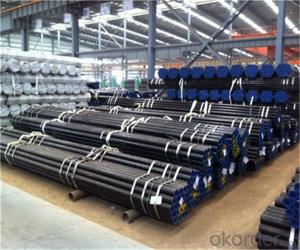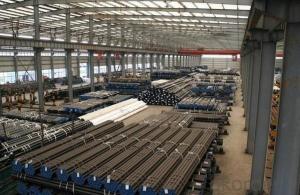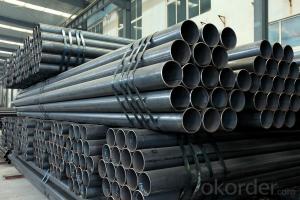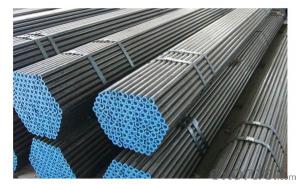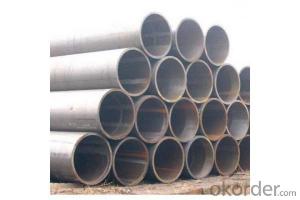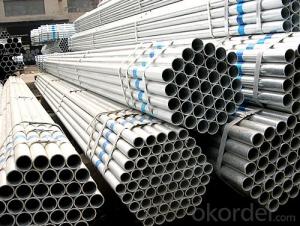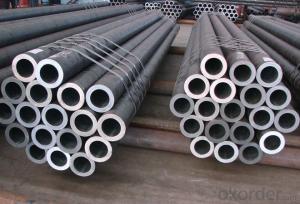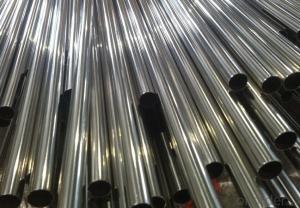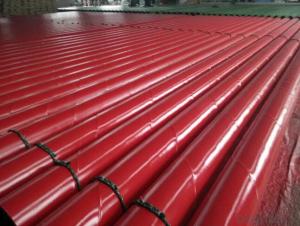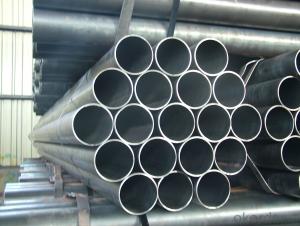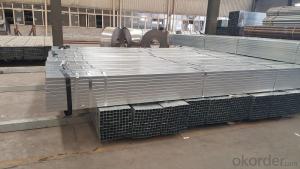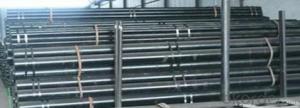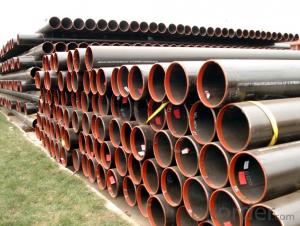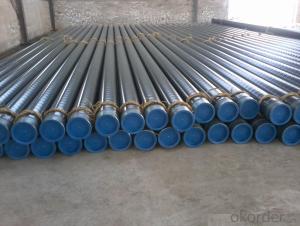All Categories
- - Steel Wire Rod
- - Steel Coils
- - Steel Profiles
- - Steel Pipes
- - Stainless Steel
- - Tinplate
- - Special Steel
- - Steel Sheets
- - Steel Rebars
- - Steel Strips
- - Hot Rolled Steel
- - Cold Rolled Steel
- - Pre-painted Steel
- - Seamless Steel Pipe
- - Welded Steel Pipe
- - Hollow Steel Tubes
- - Galvanized Pipe
- - Stainless Steel Coil
- - Stainless Steel Sheet
- - Stainless Steel Plate
- - Stainless Steel Strips
- - Electrolytic Tinplate Coil
- - Electrolytic Tinplate Sheet
- - Stainless Steel Rebars
- - Solar Panels
- - Solar Water Heater
- - Solar Related Products
- - Solar Inverter
- - Solar Cells
- - Solar Light
- - Solar Energy Systems
- - Solar Controllers
- - Solar Mounting System
- - Solar Pump
- - Solar Chargers
- - Fiberglass Chopped Strand
- - Fiberglass Mesh Cloth
- - Composite Pipes
- - FRP Pultrusion Profiles
- - Fiberglass Mat Tissue
- - Fiberglass Fabrics
- - Fiberglass Mesh
- - Composite Tank
- - Fiberglass Mesh tape
- - Polymer
- - FRP Roofing Panel
- - Fiberglass Roving
- - Monolithic Refractories
- - Ceramic Fiber Products
- - Refractory Bricks
- - Raw Materials For Refractory
- - Suspended Platform
- - Cranes
- - Concrete Machinery
- - Earthmoving Machinery
- - Building Hoist
- - Road Building Machinery
- - Plastic Pipe Fittings
- - Plastic Tubes
- - Plastic Sheets
- - Agricultural Plastic Products
- - Plastic Nets
 All Categories
All Categories
Q & A
How are defects in welded steel pipes repaired?
Defects in welded steel pipes are repaired through various techniques such as grinding, cutting, or gouging to remove the defective portion. Once the defect is removed, the remaining area is thoroughly cleaned and prepared for welding. A qualified welder then applies a suitable welding procedure to rejoin the pipe sections and ensure a strong and reliable bond. The repaired area is then inspected and tested to ensure it meets the required quality standards.
Are welded steel pipes suitable for furniture manufacturing?
Yes, welded steel pipes are suitable for furniture manufacturing. They are strong, durable, and provide structural stability, making them ideal for constructing furniture frames, legs, and other components. Additionally, welded steel pipes can be easily customized, allowing for various designs and styles in furniture manufacturing.
What are the different types of pipe fittings used with welded steel pipes?
There are several types of pipe fittings used with welded steel pipes, including elbows, tees, reducers, and flanges. Elbows are used to change the direction of the pipe, while tees are used to create branches in the pipeline. Reducers are used to connect pipes of different sizes, and flanges are used to connect pipes to other equipment or structures. These fittings play a crucial role in ensuring a secure and efficient flow of fluid through the pipeline.
What is the difference between carbon steel and stainless steel welded pipes?
The main difference between carbon steel and stainless steel welded pipes lies in their composition. Carbon steel pipes are primarily made of iron and carbon, while stainless steel pipes contain iron, carbon, and a minimum of 10.5% chromium. This chromium content in stainless steel provides corrosion resistance, making it suitable for various applications in environments where corrosion is a concern. On the other hand, carbon steel pipes are generally more affordable and have higher strength but lack the corrosion resistance of stainless steel.
How is welded steel pipe different from seamless steel pipe?
Welded steel pipe is formed by welding steel plates or coils together, while seamless steel pipe is made by piercing a solid steel billet to form a hollow pipe. The main difference lies in their manufacturing processes, resulting in variations in appearance, strength, and cost. Welded pipes have a visible seam and may have lower dimensional accuracy compared to seamless pipes, but they are generally less expensive and suitable for less critical applications. On the other hand, seamless pipes offer a smoother interior surface, higher strength, and better pressure-bearing capabilities, making them preferred for high-pressure and high-temperature applications.
Wholesale Welded Steel Pipe from supplier in Italy
We are a Welded Steel Pipe supplier serving the Italy, mainly engaged in the sale, quotation, and technical support services of various Welded Steel Pipe products in the Italy region. We are a subsidiary platform of the Fortune Global 500 company CNBM, able to provide you with one-stop Welded Steel Pipe procurement services in the Italy. Not only do we have a wide range of Welded Steel Pipe products, but after years of market development in the Italy, we can also provide valuable experience for your projects.
